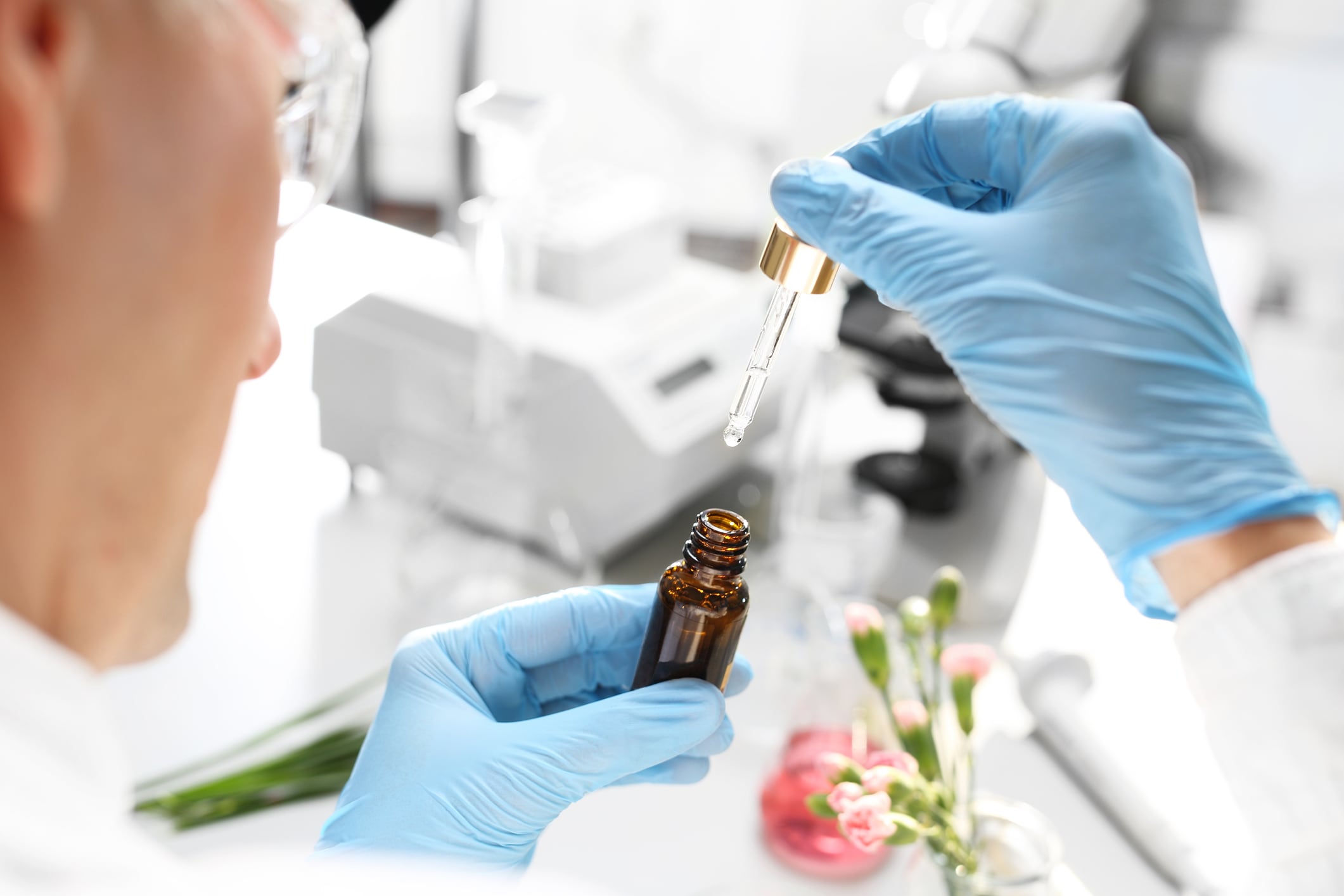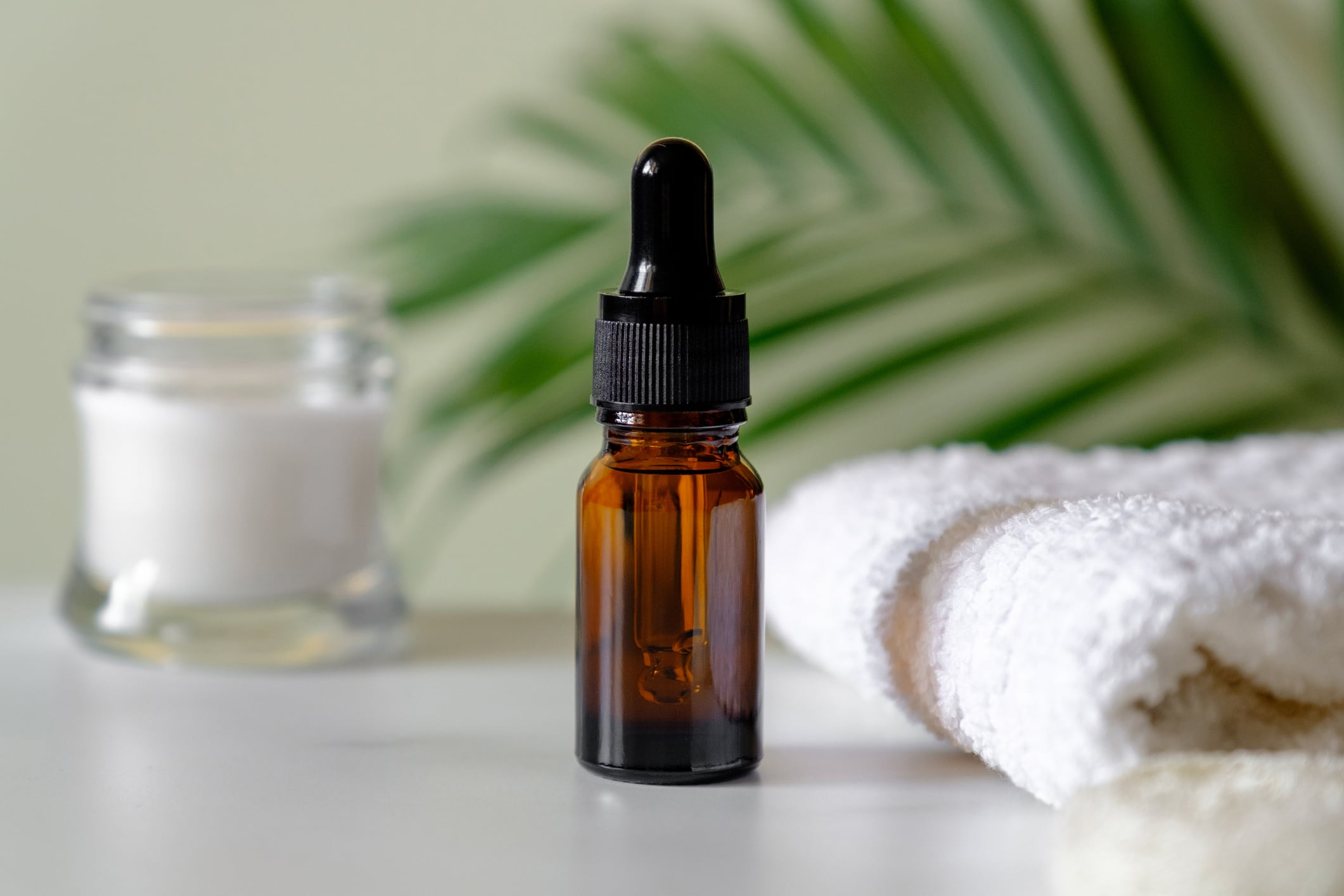Key takeaways
- EU cosmetic regulations are tightening, with bans on ingredients like alpha-arbutin, triclosan and TPO.
- To sell in the EU, cosmetics brands must reformulate to meet safety, sustainability and transparency standards.
- Innovation is accelerating, with biotech actives, plant-based preservatives and upcycled ingredients gaining traction.
- Non-EU brands are adopting EU standards to meet global consumer expectations.
- Tools like CPNP are central to compliance and building consumer trust
The ever-evolving EU regulatory landscape is forcing brands to re-evaluate their ingredients, supply chains and entire approach to innovation, safety and sustainability. From ingredient bans to digital transparency mandates, EU policies are setting a new global benchmark and propelling the next era of clean, compliant beauty.
Ingredient bans and regulatory shifts in the EU
These EU regulations that affect the cosmetics industry, such as the Classification, Labelling and Packaging of Substances and Mixtures (CLP) Regulation; the Cosmetic Products Regulation (CPR); and the EU Fertilising Products Regulation, are among the strictest in the world and often act as an international benchmark.
In the upcoming months, multiple ingredients face bans. For example, products that contain alpha-arbutin and arbutin must be pulled from shelves by 1 November 2025, while formulations containing triclosan/triclocarban must be removed by 31 October. New limits for retinol derivatives will apply from 1 November, with all products containing this ingredient off the market by 1 May 2027.
Just last week, the ban on using trimethylbenzoyl diphenylphosphine oxide (TPO) in nail care products came into force in the EU, after having been classified under the European CLP regulation as a potential CMR (carcinogenic, mutagenic and reproductive toxic). In the same week, Morocco also banned the ingredient.
Innovation in response to compliance pressures
According to Hitesh Gupta, a senior principal consultant at research and management consultancy firm Ingenious e-Brain, evolving EU regulations are reshaping cosmetic formulations, ingredient safety and transparency standards, driving brands toward innovation, sustainability and ethical practices.
“Under frameworks such as the Cosmetic Products Regulation (EC) No 1223/2009, EU cosmetic regulations are changing the way brands formulate, test and market their products,” he said.
“The ingredients used in a beauty product matter more than ever. The EU is taking no chances in neglecting safety. The regulatory agency understands how a product performs and how safe and sustainable it truly is,” he continued.
“Regulators are cracking down on ingredients linked to health and environmental risks, including endocrine disruptors, carcinogens and persistent pollutants. Based on this, they are compelling brands to re-evaluate their ingredients and entire approach to innovation, safety and sustainability.”
Gupta pointed out that some of the recent regulatory discussions have intensified around:
- PFAS (per- and polyfluoroalkyl substances), dubbed forever chemicals, which are now facing a major EU ban that could cover over 10,000 substances.
- Retinol and its derivatives, now under rigorous assessment for potential health hazards linked to cumulative exposure.
- Preservatives and UV absorbents such as octocrylene, being evaluated due to their toxicity to humans and aquatic environments.
- Endocrine disruptors like triclosan and triclocarban, already restricted by the EU, with a cap of 0.3% for triclocarban, while the UK has tightened it further to 0.2%.
“In addition, Annex II of the EU Cosmetics Regulation now bans over 1,600 substances, making compliance stricter for brands,” said Gupta.
“In response to this mounting pressure, the sector is pivoting toward formulations that minimise risk—opting for biodegradable compounds, low-toxicity options and biobased raw materials in line with emerging regulatory and clean beauty expectations.”
EU regulations are driving innovation a level ahead. As old ingredients are phased out, R&D teams are stepping up to find better and safer replacements.
According to Gupta, some of the most exciting developments have included: biotech-derived actives, including fermented peptides and ingredients that support the skin microbiome; natural, plant-based preservatives like rosemary extract, honeysuckle ferment and essential oil blends that deliver effective antimicrobial performance; and upcycled ingredients sourced from food and agricultural waste, pushing circular economy goals forward.
“These trends align with broader frameworks such as the European Green Deal and the 2020 Chemicals Strategy for Sustainability,” she said. “Both frameworks advocate for eco-design, circularity and the precautionary principle, collectively paving the way for the next wave of innovation in the beauty sector.”
Transparency and trust for consumers
Today’s beauty consumers want to know exactly what’s in their product and where it came from. They look out for brands that openly share ingredient sourcing and provide scientific proof for claims. In Europe, maintaining this transparency is now mandatory in the cosmetics industry.
“Tools like the Cosmetic Products Notification Portal (CPNP) play a big role here,” said Gupta. “They centralise safety information across the EU, giving regulators (and consumers) a reliable window into what’s in each product. This enables brands to cultivate a currency more valuable than compliance alone—consumer trust.”
Post-Brexit: what’s changing in the UK?
Since Brexit, the UK has retained much of the Cosmetic Products Regulation (EC) No. 1223/2009 via the 2019 Product Safety and Metrology Regulations.
“While the overseeing authorities differ, the ingredient standards remain tightly aligned, said Gupta. ”For brands operating across borders, that means some extra paperwork—but consistent expectations.”
Global impact: how EU rules are influencing non-EU brands
Any cosmetic brand aiming to sell in the EU market must meet the full spectrum of its exacting regulations, regardless of the origin of production or corporate base. Non-EU brands are now reformulating to meet EU safety thresholds and rethinking label claims for compliance.
They are also considering EU laws as a global standard, said Gupta. “Even in regions with lighter rules, many consumers now expect EU-level transparency and safety. It’s a shift that’s rippling across the world.”





